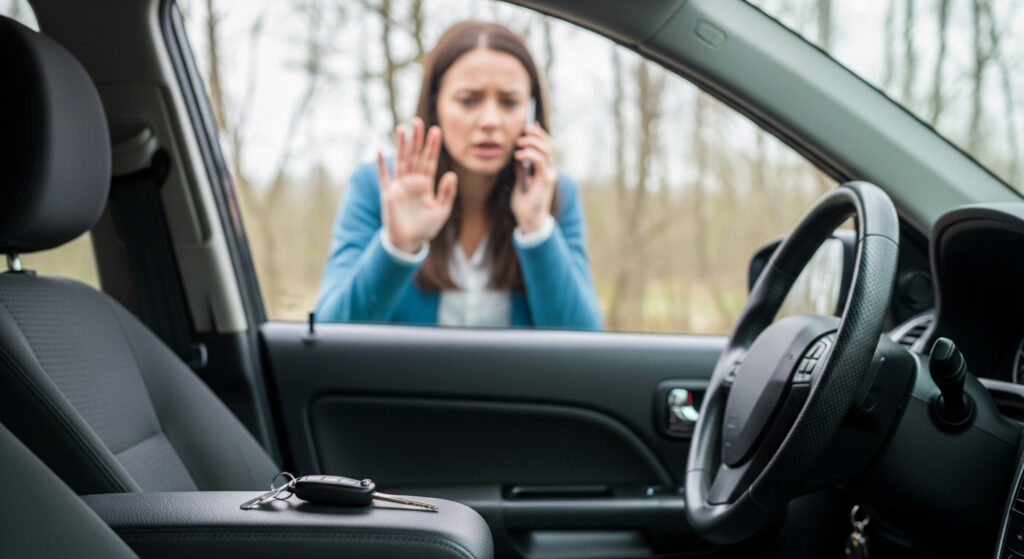With so many options on the market, it’s important to understand the different features, ratings, and purposes of home safes before making a purchase. In this guide, we’ll walk through essential factors to consider, the types of safes available, and expert locksmith tips to help you make the best choice for your home security.
Why You Should Have a Home Safe
A safe offers more than just theft prevention. It also protects against damage from fire, flooding, and other unexpected events. For many homeowners, the peace of mind alone is worth the investment.- Theft Protection: Prevents unauthorized access to your valuables.
- Fire Safety: Many safes are fire-rated to protect contents from high temperatures.
- Water Resistance: Protects important items during floods or plumbing leaks.
- Organization: Keeps essential items in one secure place for easy access.
Key Factors to Consider When Choosing a Safe
Before buying a safe, evaluate what you need to store, the level of security required, and where you plan to keep it in your home. These factors will help narrow your options.1. Size and Capacity
Consider what you plan to store now and in the future. A larger safe allows room for growth, but must fit in your chosen location.2. Fire Rating
Look for a safe with a fire-resistance rating of at least 30 minutes, though 60–120 minutes is recommended for maximum protection.3. Locking Mechanism
Choose between mechanical combination locks, electronic keypads, or biometric fingerprint access based on your preference for speed and security.4. Burglary Rating
Safes are rated for burglary resistance; higher ratings mean stronger construction and better theft protection.5. Water Resistance
If you live in a flood-prone area, ensure your safe is designed to withstand water damage.6. Placement and Mounting
Decide whether your safe will be wall-mounted, floor-mounted, or free-standing, and ensure it’s installed securely.Types of Home Safes
Understanding the main categories of safes will help you select the right type for your needs.- Fireproof Safes: Designed to withstand high heat and protect documents and small valuables.
- Burglar-Resistant Safes: Built with reinforced steel and locking mechanisms to deter break-ins.
- Waterproof Safes: Ideal for protecting items from water damage due to floods or leaks.
- Wall Safes: Installed between wall studs, often hidden behind furniture or artwork.
- Floor Safes: Installed into the ground, offering a discreet storage option.
- Portable Safes: Small and lightweight for travel or temporary storage needs.
Locking Mechanism Options
The locking system you choose impacts both convenience and security. Consider these common options:- Mechanical Combination Locks: Reliable and long-lasting, but slower to open.
- Electronic Keypad Locks: Quick access with customizable codes, but require batteries.
- Biometric Locks: Use fingerprint recognition for fast, keyless entry.
- Key Locks: Simple but less secure if keys are lost or copied.
Expert Locksmith Tips for Buying a Safe
As professional locksmiths, we’ve seen many cases where homeowners bought the wrong safe for their needs. Here’s how to avoid common mistakes:- Choose a safe with at least a UL (Underwriters Laboratories) rating for security and fire resistance.
- Think long-term — buy a safe slightly larger than you currently need.
- If security is your main concern, opt for a heavier safe that is difficult to move.
- Have your safe professionally installed to ensure it’s bolted down and positioned discreetly.
- Consider dual protection: a safe that’s both fireproof and burglar-resistant.

